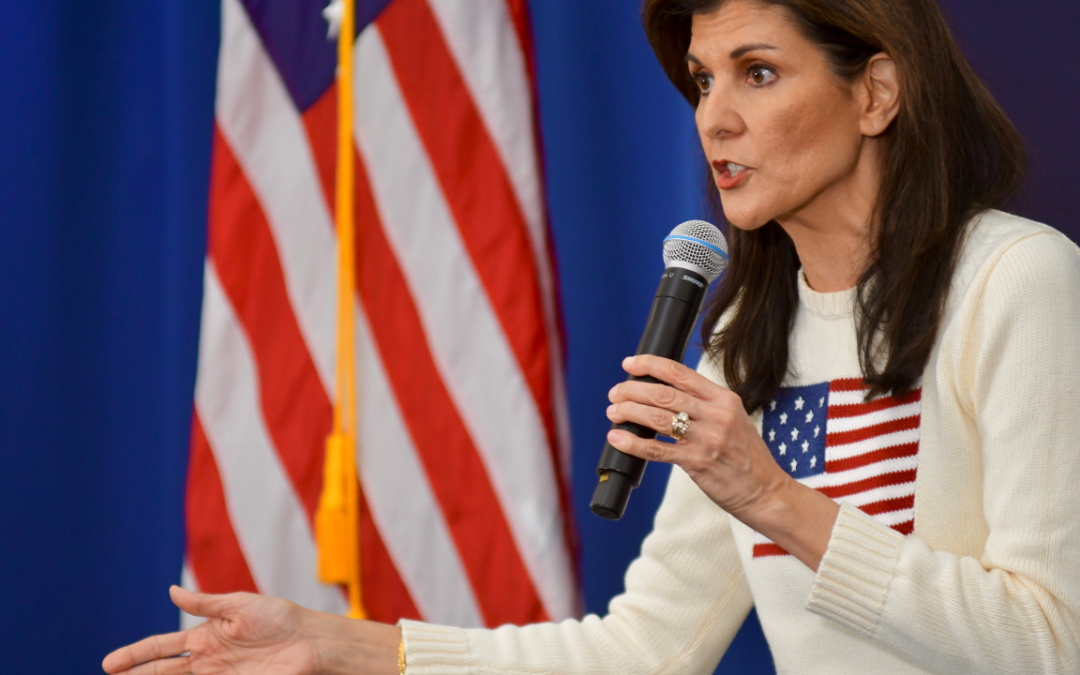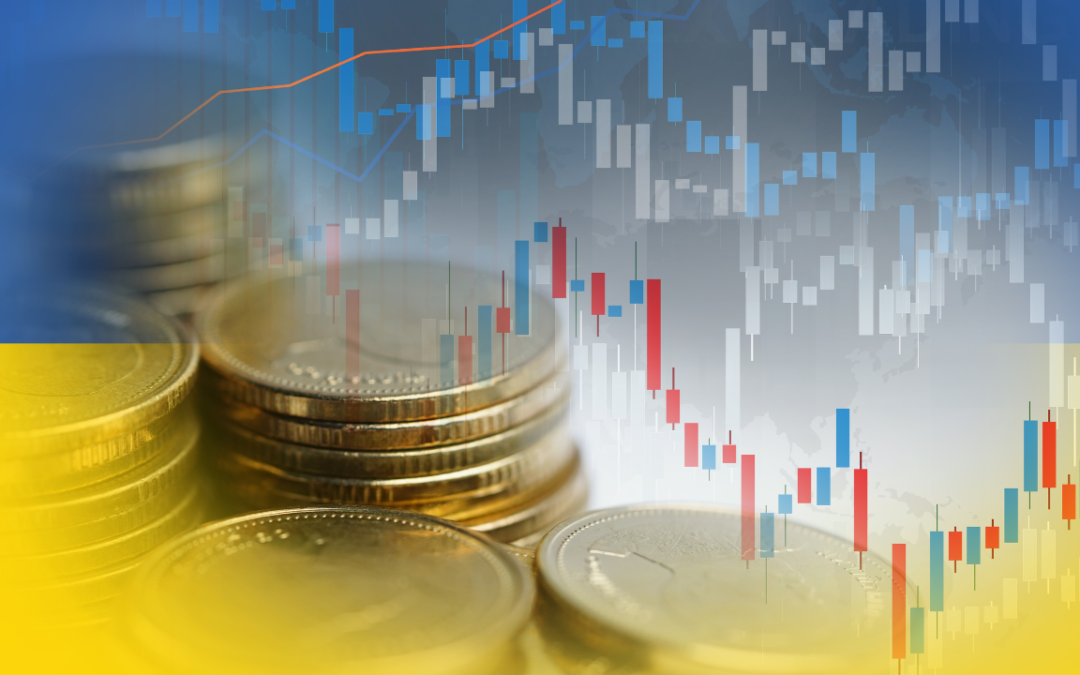Now that a US federal government shutdown has been averted—at least for six weeks—investors can turn their attention to more traditional drivers of asset returns, such as growth, inflation, and corporate profits. October brings with it a deluge of data, highlighted by this week’s key releases for manufacturing, services, job openings, wages, and employment, followed by third quarter corporate profits reporting season.
Yet the primary concern for financial markets regards the direction of US long-term interest rates. Over the past four months, the yield on the widely followed US ten-year Treasury note has risen by a full percentage point. Notably, almost all the increase has been accounted for by rising real interest rates, given realized inflation has declined and inflation expectations have been quiescent. The implication is that financial conditions have tightened, recently reflected in a wobbly equity market.
This has sparked fear among many investors, with the debacle of 2022 – a simultaneous sell-off in stock and bond markets – fresh in their minds. This is understandable. Rising interest rates pose a myriad of challenges for the economy and financial markets. But fundamentally, such worries are also misplaced. The 2022 episode was driven by rising inflation and aggressive Fed hikes. Looking ahead, neither is likely as both growth and inflation are poised to slow. That will almost certainly be good news for the bond market, but probably not for equities.
That’s not a popular view these days. Various Wall Street titans—the latest being JP Morgan Chase CEO Jamie Dimon—have warned that US borrowing costs could rise even further.
To see why we differ from the consensus, it is useful to begin with the Fisher equation that stipulates that nominal bond yields are the sum of the real rate of interest plus expected inflation. In our view, both components are more likely to fall than rise over the next 12 months.
Consider real interest rates first. The real rate of interest reflects the relationship between borrowing demand and savings supply. Recently, diminishing savings supply, given falling household savings and large government dis-savings (federal budget deficits) have garnered much attention. But the outlook for private sector borrowing demand has not, and it deserves consideration. Specifically, when growth slows—as it is apt to do following more than eighteen months of aggressive Fed rate hikes—borrowing demand typically falls. Indeed, when growth slows below its potential, the outcome is characterized by excess savings relative to investment.
So, when it comes to real interest rates, the decisive question boils down to: Will the US economy grow more slowly in the coming quarters?
In our view, that is likely for several reasons.
First, following its series of interest rate hikes, the Fed has clearly moved monetary policy to a restrictive stance. Few would believe, for example, that the neutral real Fed funds rate is over 3%, as is now the case.
Second, as noted, household savings have been drawn down, with many estimates suggesting the cash hordes built during the pandemic have been whittled away. Consumer spending henceforth will grow more closely in line with household income.
Which brings us to the third point, which is that employment growth is already slowing, as is wage inflation. More data on the labor market will arrive this week, but if recent trends are confirmed, the rates of growth of household income and spending (the biggest chunk of demand in the economy) are set to slow into 2024.
Finally, fiscal support for the economy has peaked and will fade over the next 12 months. The temporary Congressional compromise to keep the government running does not change the basic fact that there is no workable majority in Congress to support significant changes in US spending or taxation before the 2024 elections. The fiscal mathematics are therefore clear—the big lift to growth from the 2021-2022 Biden stimulus measures will fade over the next twelve months.
In short, the key drivers of real interest rates suggest they are at a cyclical peak and will begin to decline.
So, what about inflation? Despite resurgent global oil prices, most measures of inflation show an inexorable decline. Moreover, disinflation has preceded much slowing of the economy, providing compelling evidence that the 2021-2022 inflation burst was, indeed, transitory. With the economy now slated to slow, inflation should fall even further.
In short, the likely paths of real interest rates and inflation outcomes point to lower, not higher, US bond yields. Some might counter, however, that the preceding analysis ignores fiscal deficits and a potential risk premium for ‘out of control’ government borrowing.
Yet the evidence—from both US history and abroad—does not support the view that government borrowing, alone, will result in higher bond yields.
For one, budget deficits inevitably worsen when the economy slows or moves into recessions, yet in all cases interest rates fall, not rise.
And as bad as some might paint the US long-term fiscal position, the reality is that the stock of US federal government debt relative to GDP remains far below that of Belgium, Italy, or Japan, countries that for decades (including before the advent of quantitative easing) have enjoyed low borrowing costs. Some, such as Italy, benefit from higher domestic savings relative to the US, which helps them finance their debt. But even that point ignores the fact that the US has the distinct advantage of strong global demand for its debt. The combination of an incomparably liquid US government bond market and large pools of global savings is highly likely to prevent the kind of debt demise that many bond market pessimists foresee.
In short, although much ink has been devoted to concerns that US yields will rise inexorably, the more likely path is one of falling yields driven lower by weaker US growth and lower inflation. And there is neither precedent nor much logic to support the notion that the US fiscal position will undermine the Treasury market.
What, then, does that imply for the investment landscape?
The factors likely to produce falling bond yields—above all weaker economic activity—are likely to disappoint rosy ‘soft-landing’ and stronger corporate profits’ expectations now discounted into equity valuations.
So, if—as we expect– bond yields crest soon and thereafter decline, then Treasury holders will benefit. The same may not be true for equity investors. After all, stock markets do not necessarily rise when bond yields fall if the reason for lower interest rates is weaker growth and flagging corporate profits.
In sum, stock and bond markets have had a rough couple of months. But equity investors still have more to fear. Weaker growth and falling inflation may not help them out. Bondholders, on the other hand, should hold their nerve. Today’s elevated yields represent more opportunity than risk.



